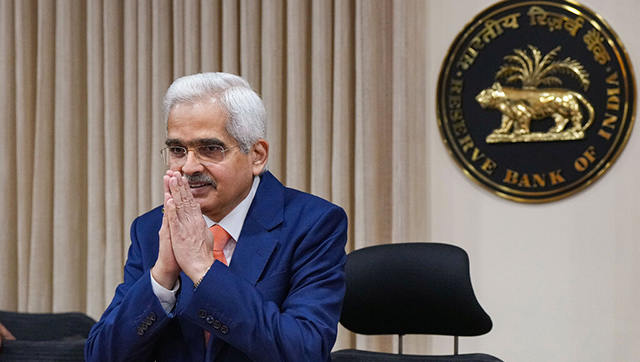The widely welcomed decision of the Reserve Bank of India (RBI) to cut banks’ cash reserve ratio (CRR) is shocking. For two reasons: one, because manufacturing inflation is still rising at an unacceptable pace, and, two, because the RBI has all along maintained that CRR is a monetary policy instrument and fighting inflation is a key objective of the policy.
So how does the RBI reconcile the change of stance with its observation that it remains anti-inflationary and that is why the repo rate (the rate at which it lends to banks) hasn’t been cut?
I got to speak with some RBI insiders and they indicated that the creation of reserve money and achieving an M3 growth of 15.5 percent was one of the triggers behind the CRR cut, growth being the other. M3 is a broad measure of money supply in the economy that includes notes and coins in circulation, plus savings and time deposits with banks.
As for reserve money, it is money created by the RBI by literally printing new notes. Every year, as the output of goods and services in the economy increases, they have to be backed by fresh supplies of money to ease transactions. The RBI would normally like to grow the money supply a little more than the nominal GDP growth.
Primary money creation can be done when the RBI buys dollars or government bonds or when it lends in the daily repo auctions. That banks were borrowing sums as large as Rs 1,50,000 crore from the RBI on a daily basis was indication enough that liquidity in the system was very tight.
Cash in the banking system has been drained out because the RBI sold dollars and also because a lot of cash has been leaking out of the banking system. Reasons: NREGA payments, the state assembly elections, and the generation of black money because of high inflation or low interest rates, where it doesn’t pay to take the trouble to deposit money with banks.
And then there was the fear of starving the economy of the credit needed for growth. Poor growth will hit the fiscal deficit, resulting in more problems for the economy and for monetary policy.
While the liquidity and money creation arguments certainly wash, the RBI’s talk and walk leave something to be desired.
Firstly, if a CRR cut is indeed necessary for liquidity creation, the RBI’s communication thus far - that it is strictly a monetary policy instrument - was clearly misleading. The central bank has been maintaining that CRR is a monetary instrument and that the monetary policy is still intent on curbing inflation.
Secondly, even accepting the argument that normal reserve money and M3 creation was getting impeded, should the Reserve Bank have used what was, in its own description, a monetary policy tool with exponential liquidity ramifications in the medium term, at a time when core inflation shows no signs of abating?
The RBI’s agument that CRR will merely replace the liquidity now being created by lending through repo auctions doesn’t quite hold, since CRR multiplies money exponentially compared to repos auctioned through the liquidity adjustment facility.
Thirdly, I doubt a pro-growth stance can be anti-inflationary at all. By extending more credit both to government and industry, the RBI is actively fuelling aggregate demand. One hopes that unlike December 2010, when the RBI paused only to see inflation soaring from January 2011, manufacturing inflation doesn’t start surging in the next few months.
Fourthly, by taking a pro-growth stance a tad too soon, the RBI may have lost what it had probably achieved by way of reining in inflationary expectations.
Finally, my suspicion is that the CRR cut was really a sop to the banking system, whose asset quality and profitability are fast eroding. Or was it a bait for foreign institutional investors to bring in capital so that the yawning current account deficit is narrowed?
)
)
)
)
)